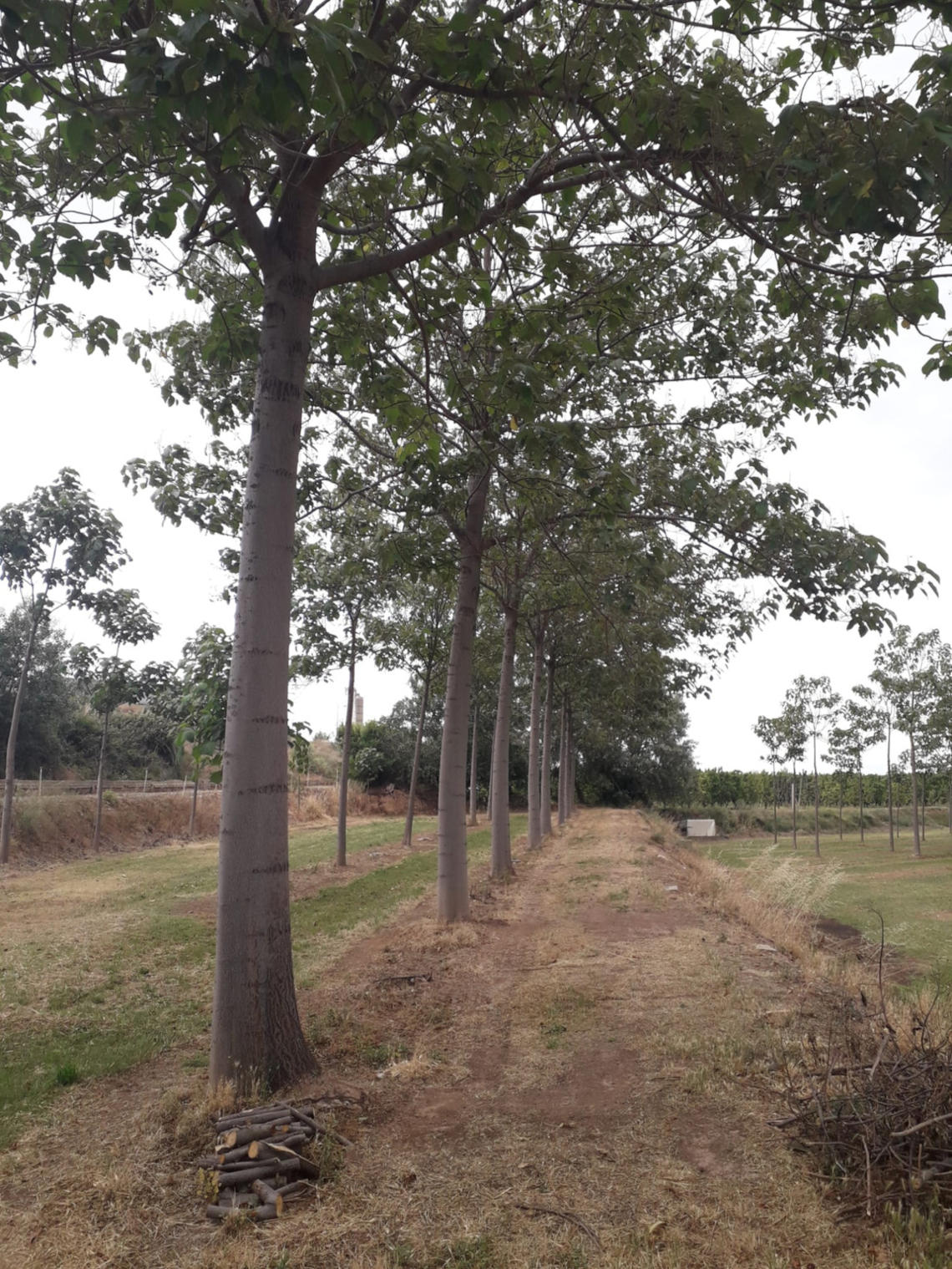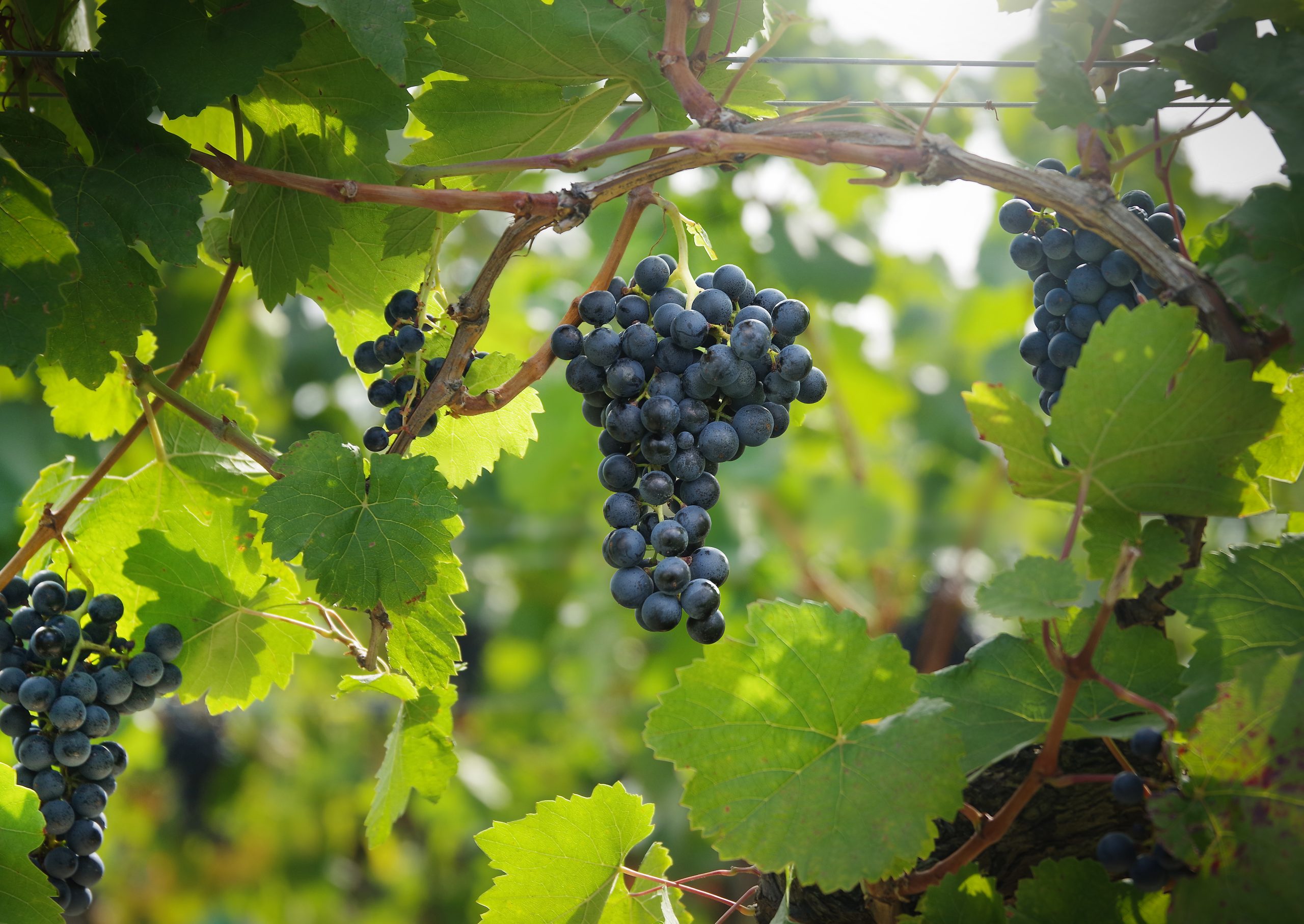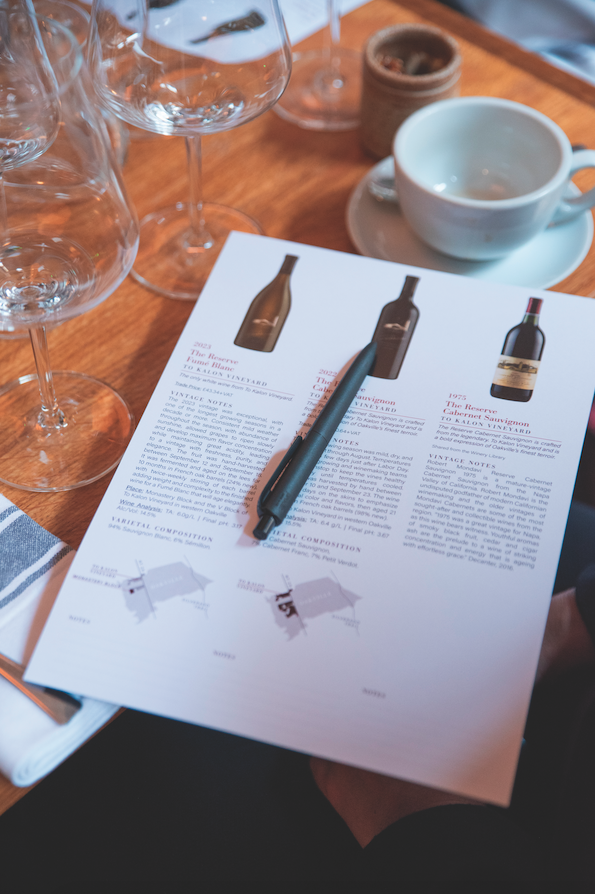Bordeaux château plants Malbec in new project ‘addressing the climate challenges of tomorrow’
Château Larrivet Haut-Brion in Pessac-Léognan has unveiled an innovative project that it hopes will act as “a blueprint” for vineyards in Bordeaux of the future – which includes planting Malbec.

The project, which was started in 2020, has been hailed as a unique project in the Gironde that “addresses the climate challenges of tomorrow” by agro-ecological consultant Olivier Lamöte, a regenerative agriculture manager at Biosphères, with its emphasis on diversifying the landscape of the newly acquired 12-hectare plot that provided the “blank canvas” for the project.
The 12-hectare plot, which represents around 17% of the estate’s vineyards, is set within the 70 hectare estate that extends across three parallel gravel ridges, surrounded by three classified growths (Châteaux Haut-Bailly, Malartic-Lagravière, and Smith Haut Lafitte) as well as urban areas and woods. There are 70 hectares of forests nearby, along with the estate’s 13-hectares of semi-wild parkland that acts as “a base camp for the development of the project”. It includes 3 ponds along with unmowed areas and dead trees that provide natural habitat for wood-eating insects, songbirds, bats, amphibians, and even otters.
The plot is “a blank canvas” on which to experiment, according to director of operations François Godichon explained, an opportunity to “study all the factors to be able to align them in our favour”.
The Gervoson family, who have owned Château Larrivet Haut-Brion since 1987, was able to tap into the expertise of the Andros Group (owned by another branch of the Gervoson family, whose holdings include the Bonne Maman jam and bakery brands) and employed specialists in regenerative agriculture projects including Biosphères and Arbres et Paysages en Gironde (a trees and landscape association in Gironde).
Uprooting the existing vines started in 2021 but was only completed last November, paving the way for the planting of hedges, flowers and trees between now and March 2024. The plot will then have a period to rest, before the first vines are replanted 2025, with the second half being done in 2026, ahead of the first harvest in 2028-19, but remains “openminded” about pruning methods, trellis height, and permanent or seasonal cover cropping.
The idea is to “create its ‘vineyard of the future’ to preserve the identity of the terroirs and the style of the property’s first wine”, the estate has explained, where “climate and species regulation [are] central to the thought process”.
“How do you preserve the vineyard today while adapting to environmental changes? How do you promote biodiversity corridors (blue and green networks) between the plot and the existing environment? How do you create a resilient landscape where a farmer’s wisdom is informed by a wealth of scientific data” the team says.
Vitiforestry

Vitiforestry – agroforestry within a viticultural landscape – is a key part of the answer as the presence of trees in the vineyard itself improves the air quality, soil biodiversity, enhances microclimatic effects through humidity variation, cold air currents, and temperature fluctuation, as well as storing carbon, and promoting biomass.
“Our most significant risk in building this parcel of the future is planting trees between the rows of vines,” Charlotte Mignon, the director of development who joined as the estate’s cellar master in 2020 said. “We are sacrificing 10% of wine production potential to grow trees and flowers in order to uphold our commitment to preserving this ecosystem.”
Partner Content
The trees, Paulownia elongata, were carefully chosen due to their ability to affect the microclimate and co-exist with species that are already present. Although not endemic to the area (they are native to Asia and are found widely across China), they are not invasive and have properties that are believed will benefit the vines and encourage a better microclimate in the vineyard. For example, they are one of the fastest growing trees in the world (reaching 10metres in five years) with broad leaves that will protect the vines from overexposure in very hot weather, without providing too much shade. They also absorbing ten times more carbon dioxide than the standard for other trees, and are very resistant to drought.
General manager Bruno Lemoine points out that “agroforestry has always existed. It is simply being reintroduced with new constraints and knowledge”, calling it “a return to common-sense farming”.
The effects, though “manifold” must be “in line with the terroir and the property’s medium and long-term production objectives”, the team says.
“It’s a delicate exercise. We make decisions that seem right to us today for our terroirs. However, we must remain humble. We do not control everything.” Mignon says.
Planting density
Planting density has also been reduced by 15% from 7,700 vines per hectare to 6,500 to decrease the competition for water – and the plot comprises Cabernet Sauvignon and Cabernet Franc vines, along with Malbec, a new addition to the vineyard. Although the variety is no longer widely grown in the region – it was largely wiped out in Bordeaux following a particularly nasty frost in 1956, and is now thought to only comprise around 900 hectares of vines – it is included in the specifications of the Pessac-Léognan appellation – and “can reach sufficient ripeness and expresses itself beautifully on our gravelly soils,” Godichon explains.
The three varieties will be the backbone of the blend, with Cabernet Sauvignon remaining the dominant variety, along with Cabernet Franc and not more than 5% of Malbec, providing a “long-term framework to maintain the tension of the wines and preserve its beautiful balance despite a rise in temperatures over time”, the team said.
The team says the choice comes with “uncertainties” that will be answered over time – such as how the vines will interact with the paulownias, whether the shade will be sufficient for the vines, whether the trees growth will be controllable and how biodiversity corridors can be maintained, however Lemoine insists it isn’t “experimentation”.
“The objective is to harvest high quality grapes from this gravel terroir that will be part of our first wine’s blend fifteen to twenty years from now, while taking climate change into account,” he said.
This project is “alive” he added and will be “enriched with new data over time”, as it moves forward step by step.
““We lose between one and two tons of soil per hectare every year. This massive erosion is greatly linked to the loss of vegetation in the environment and will only accelerate. Vines find their best ally in trees. That’s why the new plots will be protected by plantings around and within the plots,” Lamöte said. “This 12-hectare project, unique in Gironde, addresses the climate challenges of tomorrow.”
Related news
Castel Group leadership coup escalates
For the twelfth day of Christmas...
Zuccardi Valle de Uco: textured, unique and revolutionary wines




